Post COVID-19 era: Ευχή ή κατάρα για μια νέα αρχή;
DS.WRITER:
Christina Ioakeimidou
Πηγή Κεντρικής Εικόνας: frameweb.com
Ποιος θα φανταζόταν, ότι, εδώ και περισσότερο από δύο χρόνια, οι ζωές των ανθρώπων σε όλο τον πλανήτη θα μεταβάλλονταν τόσο πολύ. Ότι λέξεις όπως συνωστισμός, πληρότητα και καραντίνα θα αποκτούσαν τόσο μεγάλη βαρύτητα και σημασία στον καθημερινό λόγο, αποκόπτοντας και απομονώνοντας για τόσο μεγάλο χρονικό διάστημα τα άτομα, τόσο από την εργασιακή όσο και από την κοινωνική τους ζωή. Είναι λοιπόν αυτονόητο, ότι αυτή η ξαφνική αλλαγή θα έφερνε τον κλάδο του σχεδιασμού στο δίλημμα: πρέπει να αλλάξουμε ριζικά τον τρόπο προσέγγισης και υλοποίησης του σχεδιασμού, ή να μεταποιήσουμε ελάχιστα -ή και καθόλου- τις πρακτικές μας, πιστεύοντας ότι «μπόρα είναι, θα περάσει»;
Οι περισσότεροι, ομολογουμένως, δείχνουν να συμφωνούν με την ανάγκη ανάπτυξης νέων σχεδίων, με σκοπό την ασφάλεια της υγείας των ατόμων, αλλά και την ενίσχυση της κοινωνικοποίησης, η οποία εν μέσω πανδημίας είναι σχεδόν απαγορευμένη.
Αλλάζοντας τις πόλεις, προστατευόμαστε όλοι
Στις πόλεις, ειδικά τον χειμώνα, η άμεση επαφή των κατοίκων είναι αναμενόμενη. Από τα ΜΜΜ -κυρίως στις ώρες αιχμής-, στον εργασιακό χώρο, το σχολείο, μέχρι και τις διάφορες δραστηριότητες, όπως στα γυμναστήρια και στους χώρους διασκέδασης, οι άνθρωποι συγχρωτίζονται και αλληλεπιδρούν. Άλλωστε, το μεγαλύτερο μέρος της ζωής μας το περνάμε μέσα σε κτίρια, τα οποία, στη διάρκεια της πανδημίας, έφτασαν να θεωρούνται σημεία μόλυνσης και κινδύνου για την εξάπλωση του ιού. Ενός ιού, μάλιστα, που, όπως φαίνεται, ήρθε για να μείνει.
Επιτακτική ανάγκη, λοιπόν, είναι η αλλαγή των καθημερινών συνθηκών ζωής των κατοίκων, από τον τρόπο σχεδιασμού της γειτονιάς και των χώρων πρασίνου που βρίσκονται σε αυτή, μέχρι την ενίσχυση της χρήσης ποδηλάτου ως μέσου μεταφοράς και την εγκατάσταση internet hotspots σε όλη την πόλη. Το τελευταίο μάλιστα μπορεί να συμβάλει στην ενημέρωση των πολιτών σχετικά με τον συνωστισμό σε συγκεκριμένες πολυσύχναστες συγκοινωνιακές γραμμές, ενώ ίσως δώσει τη δυνατότητα σύνδεσης πολλών χρηστών ταυτόχρονα, για την εξυπηρέτηση του distance learning ή του, δημοφιλούς τώρα, remote working.
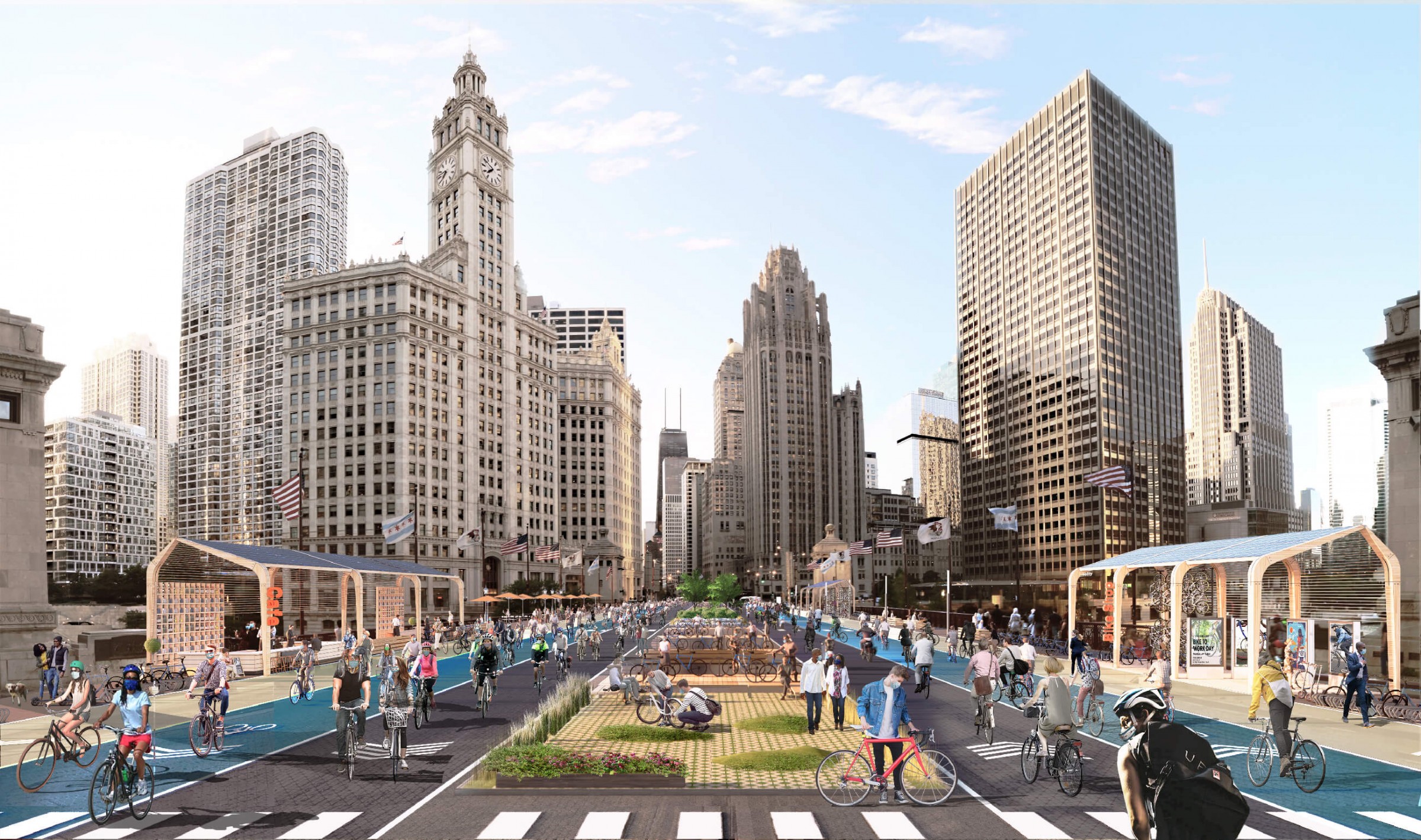
Σχέδιο του SOM studio | Πηγή εικόνας: theguardian.com
Ασφαλώς, οι γενικότερες αλλαγές πρέπει πάντα να κοιτούν προς το μέλλον και να μη θεωρηθούν παροδικές. Συνεπώς, στοχεύοντας στη δημιουργία ανοιχτών δημόσιων χώρων, όπου η βλάστηση θα έχει τη δεσπόζουσα θέση, ο σχεδιασμός επιτυγχάνει μία διττή προσπάθεια: την αισθητική βελτίωση του περιβάλλοντα χώρου, με σκοπό την καλύτερη αλληλεπίδραση και την ταυτόχρονη κοινωνικοποίηση των κατοίκων της γειτονιάς, αλλά και την ενίσχυση του εσωτερικού των πόλεων με χώρους πρασίνου, αναγκαίους για ένα καθαρότερο μέλλον. Επίσης, με τη μετατροπή των πεζοδρόμων και των γειτονιών σε ένα συνεχές πάρκο, δίνεται η ευκαιρία πρόσβασης, όλων των κατοίκων, σε ανοιχτούς χώρους διασκέδασης και χαλάρωσης.
Όμως, όπως ακριβώς είναι υποχρέωσή μας να συμβάλουμε στον επανασχεδιασμό της δημόσιας ζωής, επανασυστήνοντας την πόλη στους κατοίκους της -αυτή τη φορά με νέο πρόσημο-, αντίστοιχα πρέπει και να φροντίσουμε για την ομαλή επανένταξη των εργαζομένων στο εργασιακό τους περιβάλλον, σεβόμενοι τα πρωτόκολλα υγειονομικής ασφάλειας.
Πώς, ωστόσο, θα επιτευχθεί αυτό, σε έναν κόσμο που δεν «ξεκινάει από την αρχή»;
Επανασχεδιασμός χωρίς απομόνωση
Με την ταυτόχρονη επιβολή μιας παγκόσμιας καραντίνας, έκανε την εμφάνισή του ένα παράδοξο. Όλο και περισσότεροι εργαζόμενοι θέλησαν να γυρίσουν στο γραφείο, δυσανασχετώντας με την υποχρεωτική εργασία από το σπίτι. Αυτό συνέβη καθώς το γραφείο δεν είναι απλώς ο εργασιακός χώρος, αλλά αποτελεί και μέρος κοινωνικοποίησης για την πλειονότητα των ανθρώπων. Επιπλέον, αφού τέθηκε το μέτρο περιορισμού των κοινωνικών συναναστροφών για όλους, η απομακρυσμένη εργασία δεν ήταν εύκολη, λόγω ανεπαρκούς εξοπλισμού στο σπίτι -πόσα σπίτια, άλλωστε, έχουν τόσους υπολογιστές όσα και τα μέλη της οικογένειας;- και περιορισμένου χώρου. Συνεπώς, τώρα όσο ποτέ, οι αρχιτέκτονες και designers έχουν να αντιμετωπίσουν το πρόβλημα της νέας πραγματικότητας.
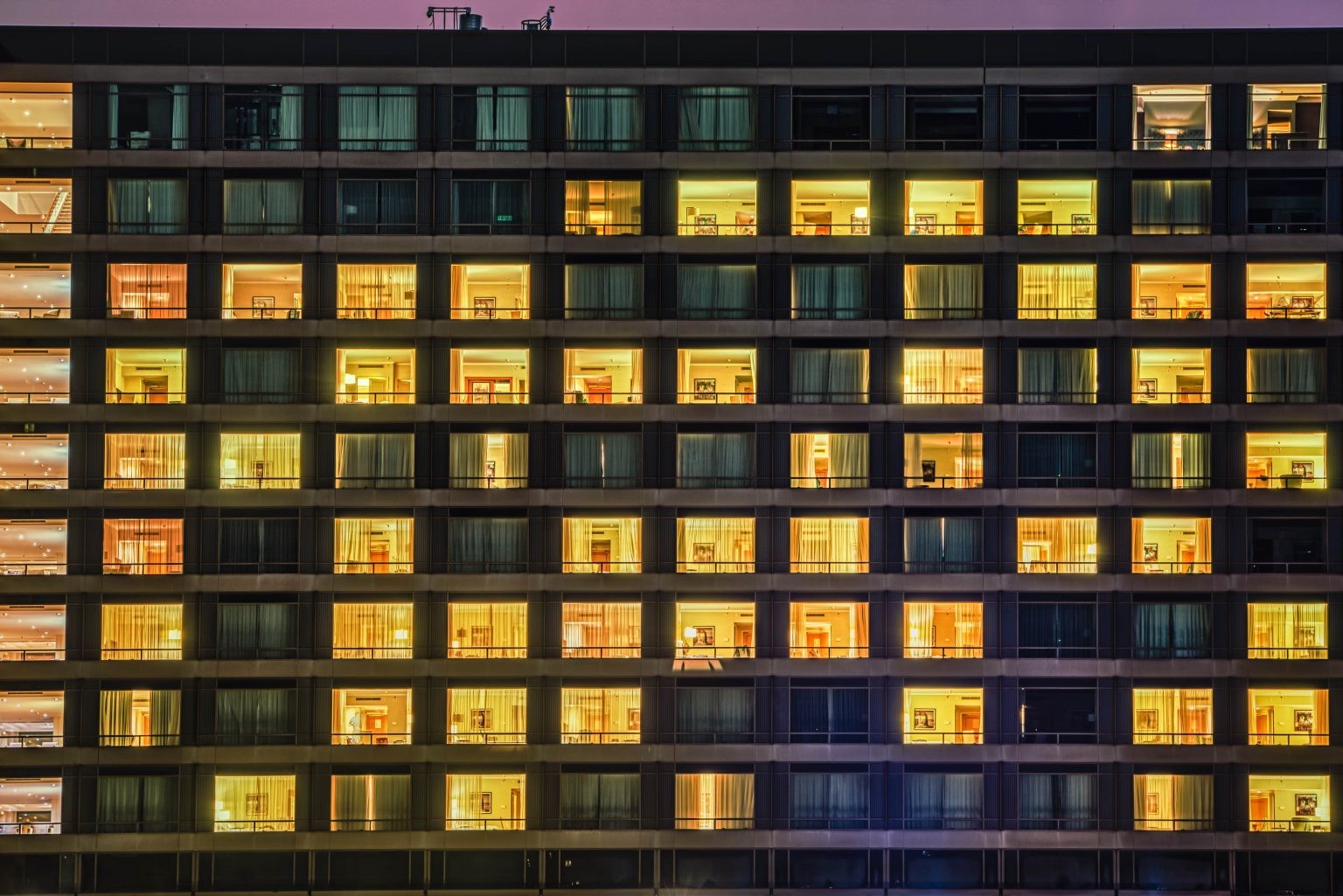
Πηγή εικόνας: rg-group.co.uk
Πρωταρχικός στόχος της διαμόρφωσης των νέων κτιρίων, και κατ’ επέκταση των χώρων μέσα σε αυτά, είναι ο σχεδιασμός με βάση την ευρυχωρία του εσωτερικού και την προσπάθεια ανάπτυξης της ψευδαίσθησης του ενιαίου, σε έναν διασπώμενο χώρο. Αυτό μπορεί να πραγματοποιηθεί ίσως με τη χρήση διαφανών υλικών, τα οποία θα χωρίζουν τους χώρους, χωρίς όμως να χάνεται η ορατότητα και η διαπερατότητα του εσωτερικού. Έτσι, οι εργαζόμενοι θα νιώθουν την εγγύτητα με τους υπόλοιπους, περιορίζοντας όμως την άμεση επαφή μαζί τους.
Φυσικά, εκτός από τη διαμόρφωση του χώρου, εξαιρετικής σημασίας είναι ο ρόλος της απολύμανσης και του επαρκούς εξαερισμού του. Ο τρόπος που μπορεί να επιτευχθεί αυτό στα δημόσια και ιδιωτικά κτήρια, είναι μέσω της μίμησης του νοσοκομειακού σχεδιασμού. Ένας από τους πρώτους, μάλιστα, που υπογράμμισε την αναγκαιότητα ένταξης της κυκλοφορίας του αέρα στον αρχιτεκτονικό σχεδιασμό, ήταν ο Άγγλος αρχιτέκτονας και θεωρητικός Reyner Banham. Σύμφωνα με τον ίδιο, οι γιατροί θα μπορούσαν -όπως και έκαναν τον 19ο αιώνα- να μεταφέρουν τις ιατρικές γνώσεις τους για την περιβαλλοντική διαχείριση των ροών αέρα, στον τομέα της αρχιτεκτονικής. «Illness is what modernized architecture, not just new materials and technologies.», λέει, επίσης, και η Beatriz Colomina σε συνέντευξή της στο PIN-UP, κάνοντας μία αναφορά στην καταλυτική επίδραση που είχε η ασθένεια -συγκεκριμένα η φυματίωση- στον τρόπο αντίληψης της μοντέρνας αρχιτεκτονικής των αρχών του προηγούμενου αιώνα, με τα περισσότερα μοντέρνα αρχιτεκτονικά σχέδια να μιμούνται τα σανατόρια. Συνεπώς, και αυτή τη φορά η συνεργασία των δύο κλάδων, με την εισαγωγή της ηλιοθεραπείας –που γινόταν μέσω ειδικά σχεδιασμένων χώρων-, έδωσε ώθηση προς μία νέα κατεύθυνση, που ήταν ιαματική αλλά και έδρασε ως τομή για την προώθηση μιας νέας τάσης στην αρχιτεκτονική και το design.
Άλλες προτάσεις που πράγματι παραπέμπουν στον νοσοκομειακό σχεδιασμό είναι οι υποδομές απολύμανσης, τα καλύμματα επίπλων και τα χρησιμοποιούμενα υλικά στα δάπεδα που μπορούν εύκολα να καθαριστούν, ενώ η αλλαγή του συστήματος κλιματισμού και ο διαχωρισμός του σε ζώνες ή ορόφους θα μπορούσε να περιορίσει τον μολυσμένο αέρα, αποτρέποντας την εξάπλωση των μικροβίων, πάντα με την ταυτόχρονη χρήση των κατάλληλων φίλτρων.
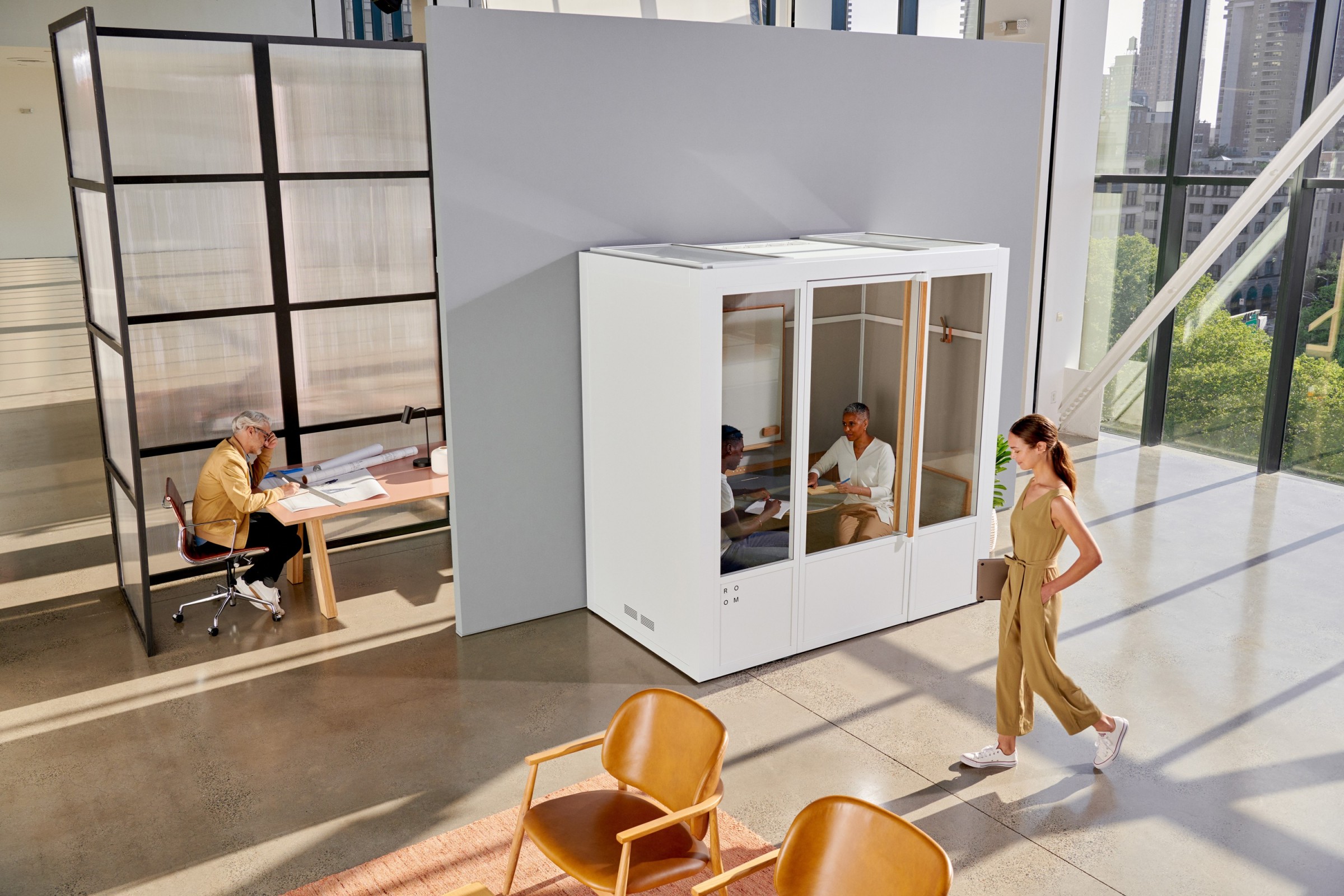
Πρόταση του CRETECH | Πηγή εικὀνας: cretech.com
Παράλληλα, και ενώ ο απώτερος στόχος είναι η εισαγωγή σε μία νέα εποχή στον κλάδο του design και της κατασκευής, το νέο εργασιακό περιβάλλον θα πρέπει να είναι ασφαλές και προσβάσιμο για όλους. Συνεργαζόμενοι με την τεχνολογική πρόοδο, όλοι οι χώροι, όπως σχολεία, γυμναστήρια, δημόσιες υπηρεσίες κτλ., θα δίνουν τη δυνατότητα εύκολης πρόσβασης σε άτομα με κινητικές δυσκολίες ή δυσκολία όρασης. Ωστόσο, όπως σωστά υπογραμμίζει ο CEO και ιδρυτής της Beyond Zero Ventures, Eddie Ndopu, «For all of its symbolic value as a gesture of accommodation, a ramp, does not make a space accessible […]. It may facilitate entry into a building for people who use mobility devices. What makes a space accessible is the empathy, connection, freedom, and possibility it engenders for people of all abilities and identities to come together.». Τα λόγια του Ndopu τονίζουν την πολυπλοκότητα της ανάπτυξης ενός σχεδιασμού που να απευθύνεται σε όλους και να είναι ικανός να αντεπεξέρχεται σε δύσκολες συνθήκες, όπως αυτή της παγκόσμιας υγειονομικής κρίσης.
Τρόποι για την εξυπηρέτηση όλων, όπως η διεύρυνση του πλάτους εισόδου και του θαλάμου στους ανελκυστήρες, η απουσία περιστρεφόμενων πορτών στις εισόδους, ο περιορισμός της σκάλας, είναι κάποιοι, οι οποίοι λαμβάνονται υπόψη από τους ειδικούς. Παράλληλα, η πολυπόθητη ευρυχωρία του εσωτερικού θα καταστήσει ικανή την ευκολότερη επίσκεψη του χώρου από ένα άτομο με αμαξίδιο, ενώ συγχρόνως αποτρέπεται και ο συνωστισμός πολλών ατόμων. Όλα αυτά προφανώς θα καταστούν υλοποιήσιμα, εφαρμόζοντας τα πολλά τεχνολογικά μέσα του σήμερα.
Πώς, όμως, η εξαιρετικά ανεπτυγμένη τεχνολογία των τελευταίων ετών θα συμβάλει στην εξυπηρέτηση αυτών των πολλών και νέων αναγκών;
Τεχνολογία για όλα
Με την ανάπτυξη της τεχνολογίας, έχουμε τη δυνατότητα, ακόμη και πριν τον COVID, να περιηγούμαστε εικονικά σε μουσεία όλου του κόσμου, να παρακολουθούμε ζωντανά συναυλίες, να επικοινωνούμε ή και να δουλεύουμε απομακρυσμένοι από το γραφείο. Τώρα, όμως, όλα αυτά έχουν γίνει μέρος της καθημερινότητάς μας και συνθήκες που αντιμετωπίζονται ως συνηθισμένος τρόπος εργασίας και διασκέδασης.
Στην τροχιά αυτής της νέας προσπάθειας για μια βαθύτερη ένταξη της τεχνολογίας στον τρόπο ζωής όλο και περισσότερων ατόμων, κινείται και η online έκθεση GEO—DESIGN: COVID-19*. Ως ερευνητική προσπάθεια του Design Academy Eindhoven, το GEO-DESIGN έχει σκοπό την επέκταση των μορφών έρευνας σε τομείς που διαμορφώνουν το έργο των σχεδιαστών σήμερα, όπως αυτούς της γεωγραφίας, της γεωπολιτικής, των κοινωνικών και οικονομικών κλάδων. Στην όλη προσπάθεια συμμετέχουν, με τη δουλειά τους, πολλά ονόματα του χώρου, όπως οι Colette Aliman, Mathilde Philipponnat, Colin Keays, Mar Ginot Blanco κ.α.
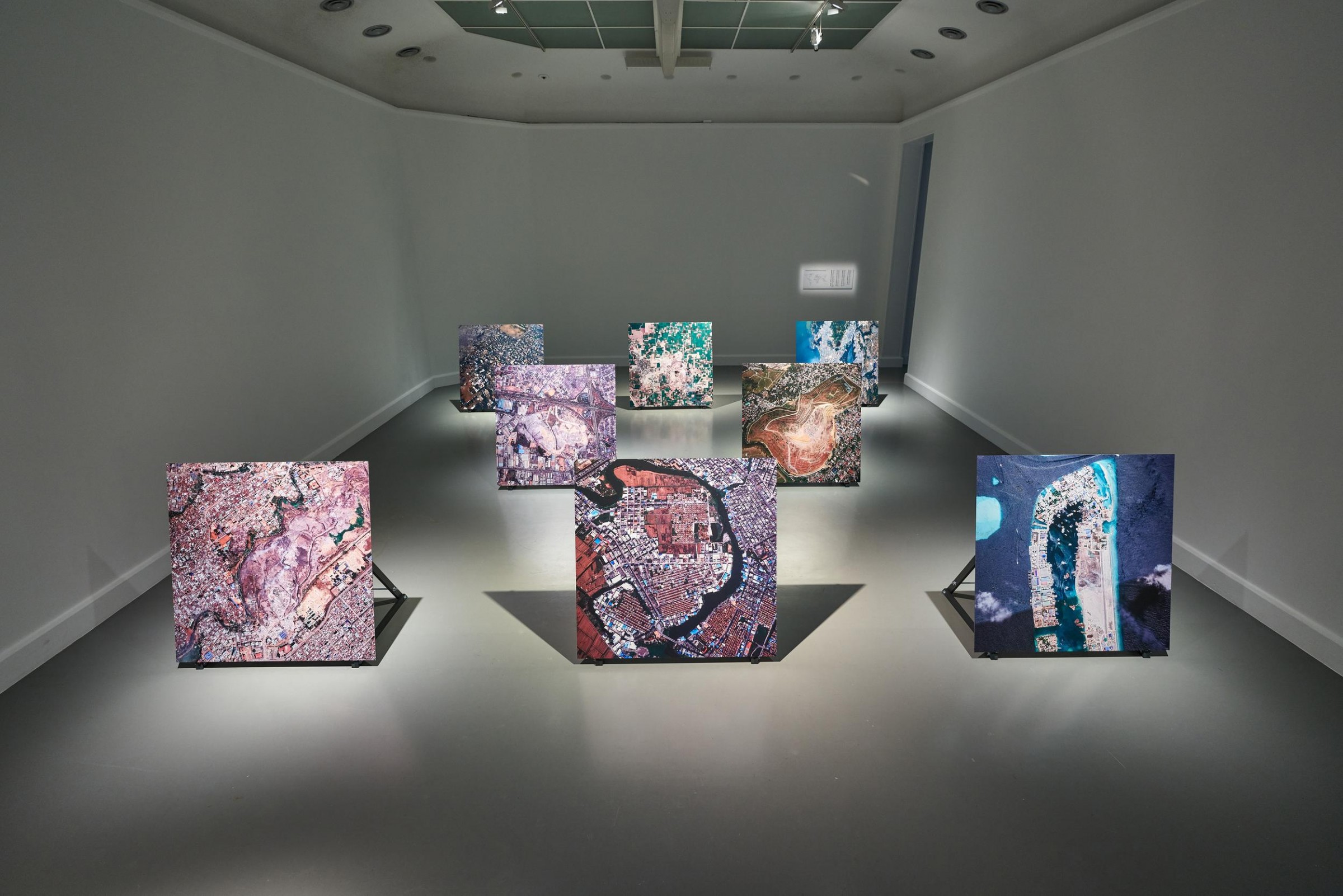
GEO—DESIGN: COVID-19 exhibition | Πηγή εικόνας: wearepaperjam.com
Εκτός, όμως, από τον χώρο του design, η τεχνολογία έχει να επιδείξει καινοτόμες ιδέες και για τον περιορισμό της πανδημίας, με πιο πρόσφατο παράδειγμα το λανσάρισμα των Dyson headphones. Τα -όχι και τόσο διακριτικά- ακουστικά της γνωστής εταιρείας υπόσχονται ότι παρέχουν στον χρήστη τη δυνατότητα καθαρού ήχου, κλείνοντας παράλληλα, σαν μάσκα, την περιοχή του στόματος, αποτρέποντας έτσι την εισχώρηση μικροβίων από αυτό. Ο chief designer Jake Dyson τα περιγράφει: «[…]unlike face masks, it delivers a plume of fresh air without touching your face, using high-performance filters and two miniaturised air pumps». Τέλος, αναφορικά με την τιμή των ακουστικών, αυτή μέχρι τώρα παραμένει άγνωστη. Ωστόσο, αναμένεται να είναι υψηλή, περιορίζοντας, όπως είναι αναμενόμενο, κατά πολύ το αγοραστικό τους κοινό.
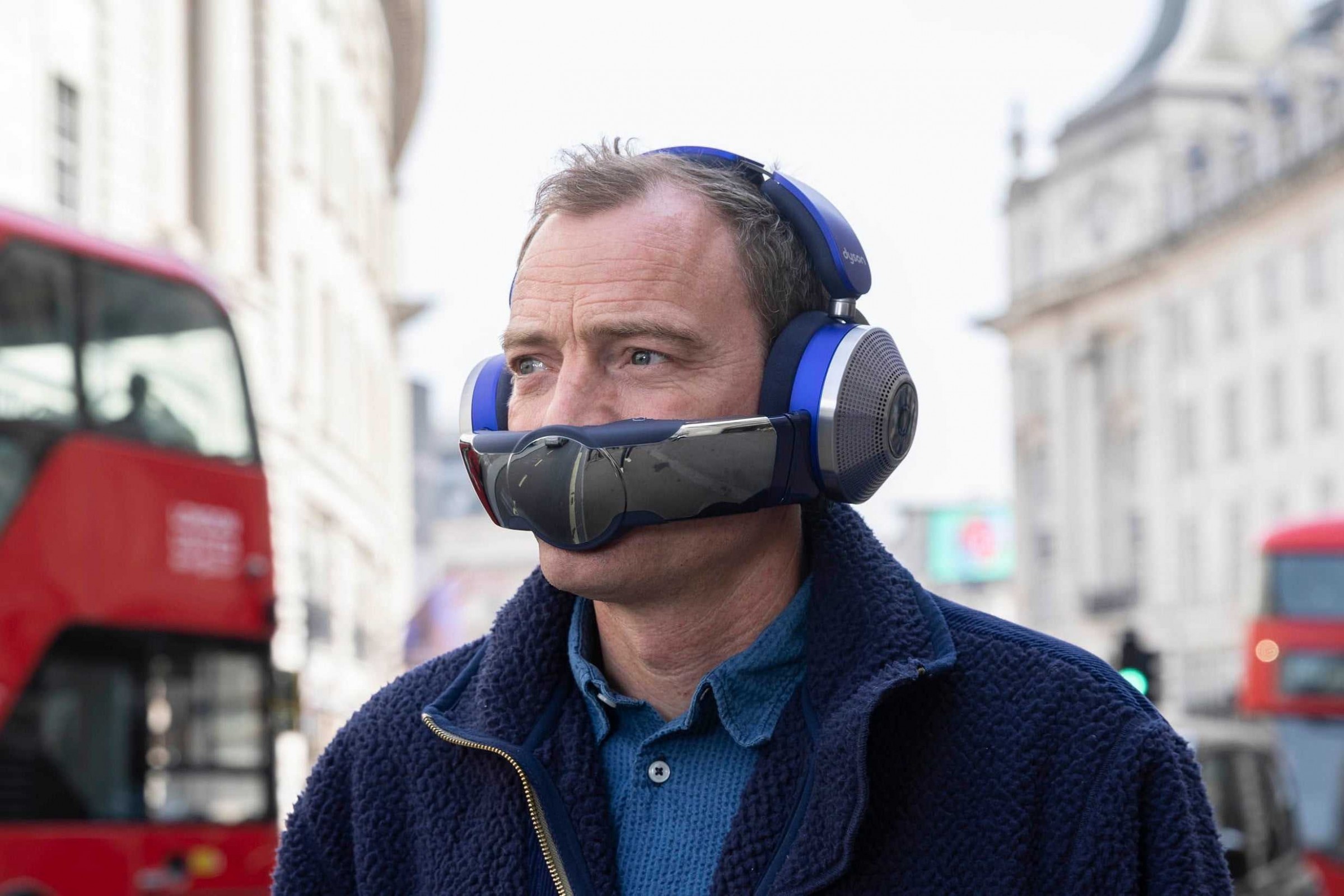
Dyson headphones | Πηγή εικόνας: toppostblog.com
Τελικά είναι όλα τόσο ρόδινα;
Θα ήταν αφελές να πιστεύουμε ότι οι αλλαγές θα γίνουν εύκολα και ομαλά, σε έναν κόσμο που πλήττεται από τις επιπτώσεις του COVID-19 στον διαπροσωπικό, κοινωνικό και οικονομικό τομέα. Για παράδειγμα, θα ήταν εύλογο να αναρωτηθούμε, κατά πόσο αυτή η εύκολη πρόσβαση στη διασκέδαση θα σταθεί ικανή να επηρεάσει την κοινωνικότητα των ατόμων, και κυρίως των νέων, οι οποίοι από εδώ και πέρα θα μπορούν εύκολα και οικονομικότερα να παρακολουθήσουν ένα γεγονός από το δωμάτιο του σπιτιού τους. Επιπλέον, η συζήτηση γύρω από την αποκέντρωση των μεγάλων επιχειρήσεων, με σκοπό τη διανομή των εργαζομένων σε περισσότερους χώρους, εγείρει πολλά ερωτήματα, καθώς παρατηρήθηκε, παγκοσμίως, μία μείωση των επιχειρήσεων που εξακολουθούν να λειτουργούν μετά το πρώτο και το δεύτερο κύμα της πανδημίας. Χαρακτηριστικό παράδειγμα είναι ο αριθμός των αμερικανικών επιχειρήσεων που αναγκάστηκαν να κλείσουν, ο οποίος ανέρχεται στις 200.000 τον πρώτο χρόνο της πανδημικής κρίσης.
Επιπλέον, μέσω της τεχνολογίας και της υβριδικότητας που αυτή προσφέρει, ελλοχεύει ο κίνδυνος ανάπτυξης μιας κουλτούρας σχεδιασμού, που ενδέχεται να ενισχύσει το αίσθημα της επιτήρησης. Είναι, άλλωστε, εύκολο, δουλεύοντας από το σπίτι να χαθεί η ιδιωτικότητα και ο περιορισμός της εργασίας έξω από τον προσωπικό χώρο του εργαζομένου.
Προφανώς, δεν υπάρχει λόγος να κινδυνολογούμε, μειώνοντας τις προσπάθειες επανασχεδιασμού της ζωής στο σύνολό της. Στόχος όλων θα πρέπει να είναι η σωστή χρήση της τεχνολογίας και όλου του φάσματος του design, με σκοπό την επίτευξη του καλύτερου αποτελέσματος. Ωστόσο, δεν μπορούμε να μην αναγνωρίσουμε ότι όλοι όσοι είναι υπεύθυνοι αυτής της αλλαγής ακροβατούν σε ένα τεντωμένο σκοινί, καθιστώντας την κάθε υπερβολή ή λάθος απόφαση επιζήμια για το μέλλον. Δεν νομίζουμε, εξάλλου, ότι ο πλανήτης και η κοινωνία μας αντέχουν και άλλες περιττές ή λάθος επιλογές. Έτσι, δεν έχουμε τίποτα άλλο, από το να παραμείνουμε συγκρατημένα αισιόδοξοι για το μέλλον.
Πηγές άρθρου/περαιτέρω ανάγνωση
S. Brengarth, How Tech Companies Could Benefit from a Decentralized Approach to Real Estate (2020). Από: https://www.gensler.com/blog/how-tech-companies-could-benefit-from-a-decentralized.
E. Pagliacolo, Local Projects Explores Museums Post-COVID (2020). Από: https://www.azuremagazine.com/article/local-projects-explores-museums-post-covid/.
TOOLKIT: WHAT SHOULD POST-COVID-19 SPACES LOOK LIKE?. Από: https://www.frameweb.com/article/toolkit-frame-lab-135.
Emerging Design Considerations in a Post Covid world (2021). Από: https://rg-group.co.uk/emerging-design-considerations-in-a-post-covid-world/#.
R. Simon, Covid-19’s Toll on U.S. Business? 200,000 Extra Closures in Pandemic’s First Year (2021). Από: https://www.wsj.com/articles/covid-19s-toll-on-u-s-business-200-000-extra-closures-in-pandemics-first-year-11618580619.
A. Betsky, Design in a Post-COVID-19 World. Από: https://www.architectmagazine.com/design/design-in-a-post-covid-19-world_o.
L. Kallipoliti, BUBBLE PROBLEMS: AN ARCHEOLOGY OF INFECTION AND ENVIRONMENTAL CONTROL (2020). Από: https://strelkamag.com/en/article/bubble-problems-an-archeology-of-infection-and-environmental-control.
J. Wakefield, Dyson headphones come with air vacuum for mouth. Από: https://www.bbc.com/news/technology-60927032.
C. Michael, L. McMullan & F. Hulley-Jones, From garden streets to bike highways: four ideas for post-Covid cities – visualised (2020). Από: https://www.theguardian.com/cities/ng-interactive/2020/sep/25/garden-streets-bike-superhighways-cities-future-coronavirus.
D. Zeiba, ARCHITECTURE AND ILLNESS: BEATRIZ COLOMINA ON TUBERCULOSIS, MODERNISM, AND COVID-19. Από: https://pinupmagazine.org/articles/interview-beatriz-colomina-x-ray-architecture-drew-zeiba#12.
* Για την online exhibition GEO—DESIGN: COVID-19, στο: https://covid.geodesign.online/.




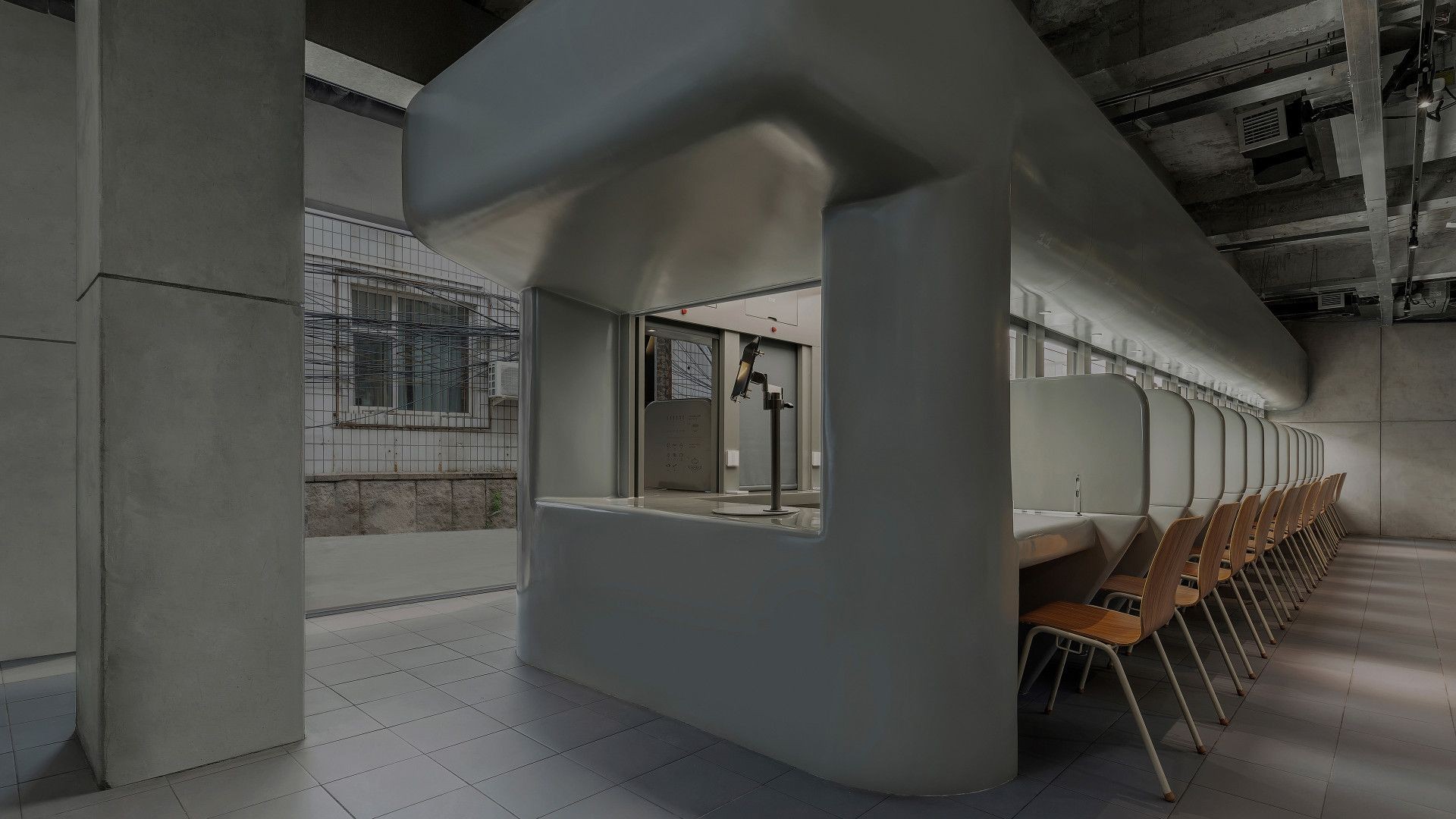
.jpg)
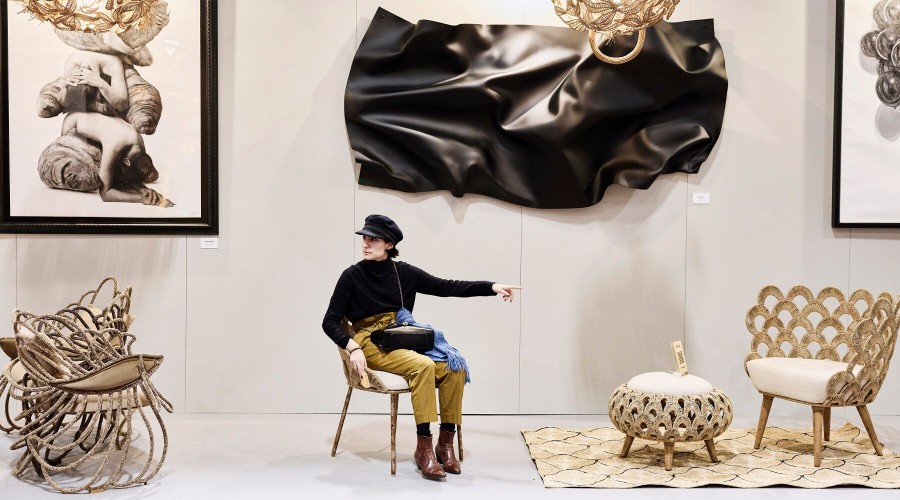
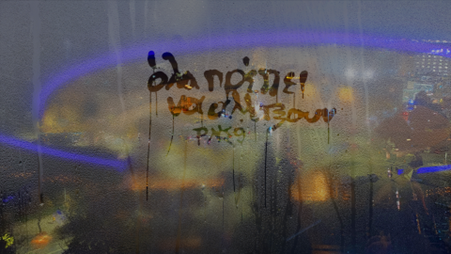
.jpeg)